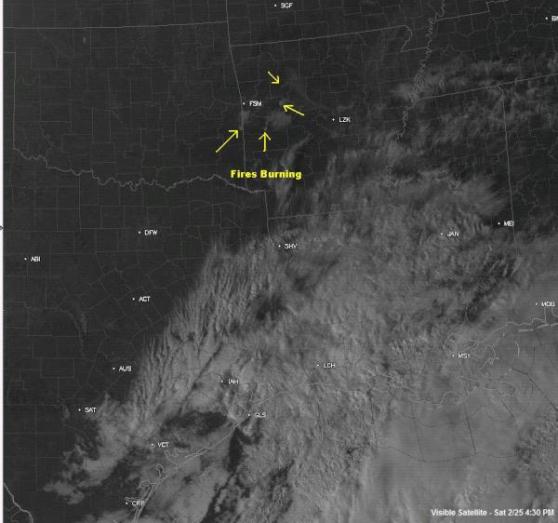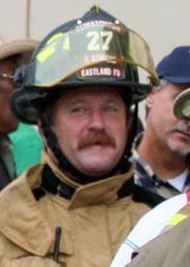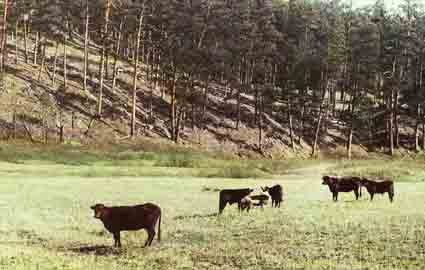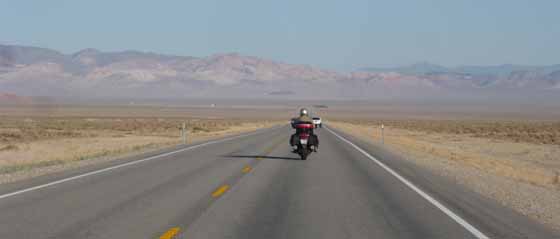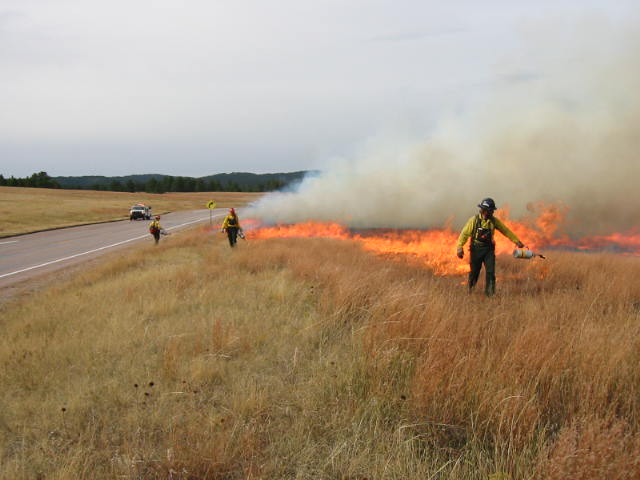
The South Carolina legislature is considering a bill that would eliminate frivolous lawsuits over smoke created by a prescribed fire. House Bill 3631, the “Prescribed Fire Act” would protect the property owner unless gross negligence is proven. This would change the present language of “negligence” to “gross negligence”, raising the bar in proving damages in a lawsuit. The bill is in the hands of the Senate Fish, Game and Forestry Committee and should be placed on the calendar within the next few weeks.
It would stipulate for prescribed fires:
- A prescribed fire plan must be prepared before the State Commission of Forestry authorizes the prescribed fire.
- At least one certified fire manager must be present.
- Prescribed fires are considered to be in the public interest and not constitute a public or private nuisance when conducted pursuant to state air pollution statutes and smoke management guidelines.
- Prescribed fires are considered the property right of the property owner.
Current South Carolina law, Section 48-34-50 reads as follows:
No property owner or lessee or his agent or employee conducting a prescribed fire pursuant to this chapter is liable for damage, injury, or loss caused by fire, resulting smoke, or other consequences of the prescribed fire unless negligence is proven.
The new bill removes smoke from the “negligence” category and requires “gross negligence” for any lawsuits.
Below is the full text of the bill, H. 3631, as of February 22, 2012 at 10:16 AM:
==============================================================
A BILL
TO AMEND SECTION 48-34-40, CODE OF LAWS OF SOUTH CAROLINA, 1976, RELATING TO THE REQUIREMENTS FOR CONDUCTING A PRESCRIBED FIRE, SO AS TO FURTHER SPECIFY SUPERVISION REQUIREMENTS FOR A PRESCRIBED FIRE MANAGER AND TO REFERENCE SPECIFIC REGULATORY AND STATUTORY PROVISIONS APPLICABLE TO CONDUCTING A PRESCRIBED FIRE; AND TO AMEND SECTION 48-34-50, RELATING TO LIABILITY FOR DAMAGES CAUSED BY A PRESCRIBED FIRE, SO AS TO PROVIDE THAT A PROPERTY OWNER, LESSEE, AGENT, OR EMPLOYEE IS NOT LIABLE FOR DAMAGES CAUSED BY THE RESULTING SMOKE OF A PRESCRIBED FIRE UNLESS GROSS NEGLIGENCE IS PROVEN.
Be it enacted by the General Assembly of the State of South Carolina:
SECTION 1. Section 48-34-40 of the 1976 Code is amended to read:
“Section 48-34-40. Prescribed fires conducted pursuant to this chapter:
(1) must have a prescribed fire plan prepared before authorization to burn is given by the State Commission of Forestry, and the plan must be on site and followed during the burn;
(2) must have at least one certified prescribed fire manager present and who must consider both fire behavior and smoke management issues while supervising the burn from ignition until it is declared safe according to certification guidelines;
(3) are considered in the public interest and do not constitute a public or private nuisance when conducted pursuant to state air pollution statutes, smoke management guidelines, as provided for in Regulations 61-62.2, or a successor regulation thereto, and regulations other statutory provisions applicable to the use of prescribed fire, as provided for in Chapter 35 and Chapter 2, Title 50; and
(4) are considered a property right of the property owner.”
SECTION 2. Section 48-34-50 of the 1976 Code is amended to read:
“Section 48-34-50. No A property owner or lessee or his agent or employee conducting a prescribed fire pursuant to this chapter is not liable for damage, injury, or loss caused by fire, resulting smoke, or other consequences of the prescribed fire unless negligence is proven. A property owner or lessee or his agent or employee conducting a prescribed fire pursuant to this chapter is not liable for damage, injury, or loss caused by the resulting smoke of a prescribed fire unless gross negligence is proven.”
SECTION 3. This act takes effect upon approval by the Governor.
—-XX—-



